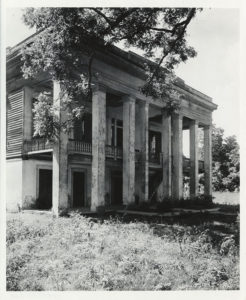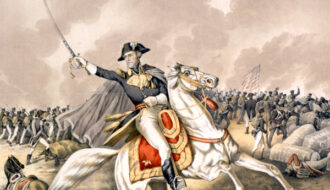
7.9 b., d. Battle of New Orleans
The Battle of New Orleans, the last major conflict in the War of 1812, was fought between British and American forces on January 8, 1815.

The Battle of New Orleans, the last major conflict in the War of 1812, was fought between British and American forces on January 8, 1815.

Before railroads and highways, Bayou Teche served as an important transportation route deep into the fertile interior of south-central Louisiana.
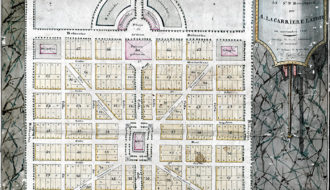
Baton Rouges' Beauregard Town, planned in 1806 by Capt. Elias Beauregard, is now a predominantly residential district.

Beignets, or pockets of fried dough served with powdered sugar, are an iconic New Orleans treat.

Beignets are a powdered sugar–covered treat.
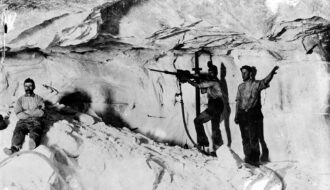
Once one of the most productive salt mines in the country, the Belle Isle Salt Mine was the site of numerous deadly accidents.
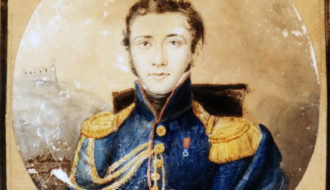
Pierre Benjamin Buisson was a talented architect, engineer, surveyor, and publisher, was born in Paris, France, and migrated to New Orleans while in his early twenties where he advanced his career with work on major public buildings.
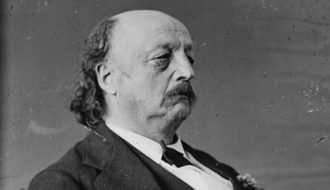
Gen. Benjamin Butler's tenure as commander of the Union occupation forces in New Orleans in 1862 was so brutal that residents labeled him "Beast."
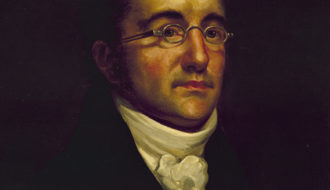
American architect Benjamin Latrobe designed plans for the US Capitol and other buildings. He came to New Orleans to develop waterworks and wrote about the city in his journal.
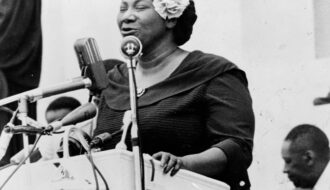
African American Gospel music incorporates elements of both black vernacular and sacred music, including blues, hymnody, spirituals, the folk church, and even popular song.
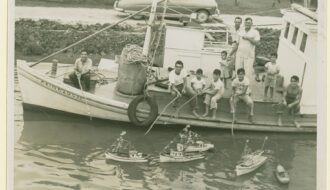
At Boat Blessings, a Catholic priest blesses a community’s shrimp boats before the start of shrimp season
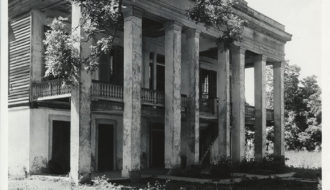
Although Bocage's early history is hazy, local tradition has maintained that the house was built in 1801 by Emanuel Marius Pons Bringier as a wedding gift for his fourteen-year-old daughter, Françoise.
One-Year Subscription (4 issues) : $25.00
Two-Year Subscription (8 issues) : $40.00
